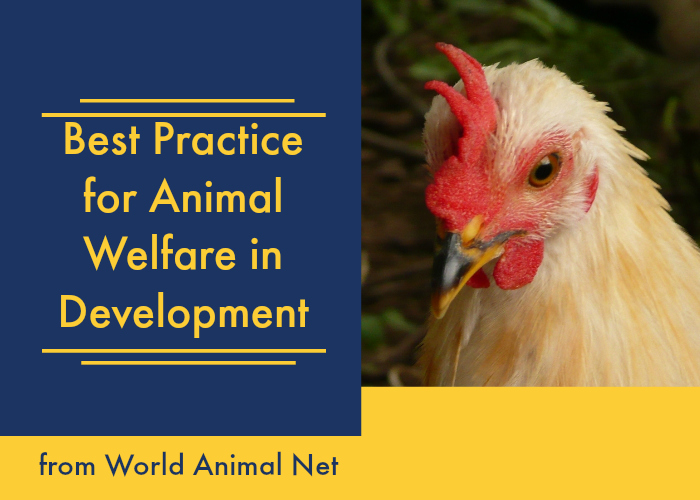 It is recognised that Best Practice is not universally applicable and replicable, and needs to be carefully considered and adapted as necessary to suit prevailing culture, situations and practical realities. However, the provision of Best Practice does serve as guidance, and can prevent different animal welfare stakeholders from “reinventing the wheel”.
It is recognised that Best Practice is not universally applicable and replicable, and needs to be carefully considered and adapted as necessary to suit prevailing culture, situations and practical realities. However, the provision of Best Practice does serve as guidance, and can prevent different animal welfare stakeholders from “reinventing the wheel”.
WAN started work on this resource in order to bring together useful research and tools to assist with the implementation of World Organisation for Animal Health (OIE) animal welfare standards and Regional Animal Welfare Strategies (RAWS). It was prepared in conjunction with the International Coalition for Animal Welfare (ICFAW), whose members contributed helpful resources and links. We then broadened its scope in response to a request from World Bank officials for “Best Practice” resources to assist development stakeholders seeking to incorporate or enhance animal welfare aspects in their work (such as development banks and funders, international and regional organisations – including Regional Economic Communities, and other development partners). The World Bank is now reviewing this resource in further detail, and has said that it provides them with the basis to develop a practical approach to policy recommendations and the adoption of best practice in their development work going forward. In addition, the World Bank has referenced meaningful animal protection standards in their recently released Safeguard Policies and have expressed interest in further information on animal welfare best practice.
RAWS/Action Plans and Animal Welfare Platforms have now been developed across the world to form a framework for the progressive development of animal welfare. Their programmes have been carefully designed to ensure that they work towards lasting social change, instead of simply enacting laws that are never adhered to (or enforced) or isolated programs that are never rolled out. That’s why we have used a similar structure for this resource, with sections covering:
- I. Education and training/capacity building on animal welfare.
- II. Awareness-raising and information.
- III. Animal welfare structures, policies/strategies, legislation and enforcement.
- IV. Proactive project support [including priority programs to improve animal welfare at slaughter, in transport, and at markets; and humane stray dog control].
Other emerging areas of policy where animal welfare Best Practice may be helpful would include implementation of the new policy recommendations for animal welfare in farming adopted at the latest UN Committee on World Food Security and the " Guidance for Responsible Agricultural Supply Chains" developed jointly by the OECD and the UN’s Food and Agricultural Organisation (FAO). [This guidance is designed to help enterprises observe standards of responsible business conduct to ensure that their operations do not lead to adverse impacts and contribute to sustainable development. It includes animal welfare, and specifies that this should be in accordance with or exceeding OIE principles.]
An increasing number of international and regional animal welfare strategies, policies and standards are being forged. Consumers and industry are increasingly shunning poor welfare systems, and institutional funders no longer want to invest in these discredited and outdated business models. So, we foresee a real need for Best Practice resources on animal welfare. Our hope is that this resource will be used as the starting point for inter-stakeholder collaboration – and further honed and developed for widespread use in the future.

